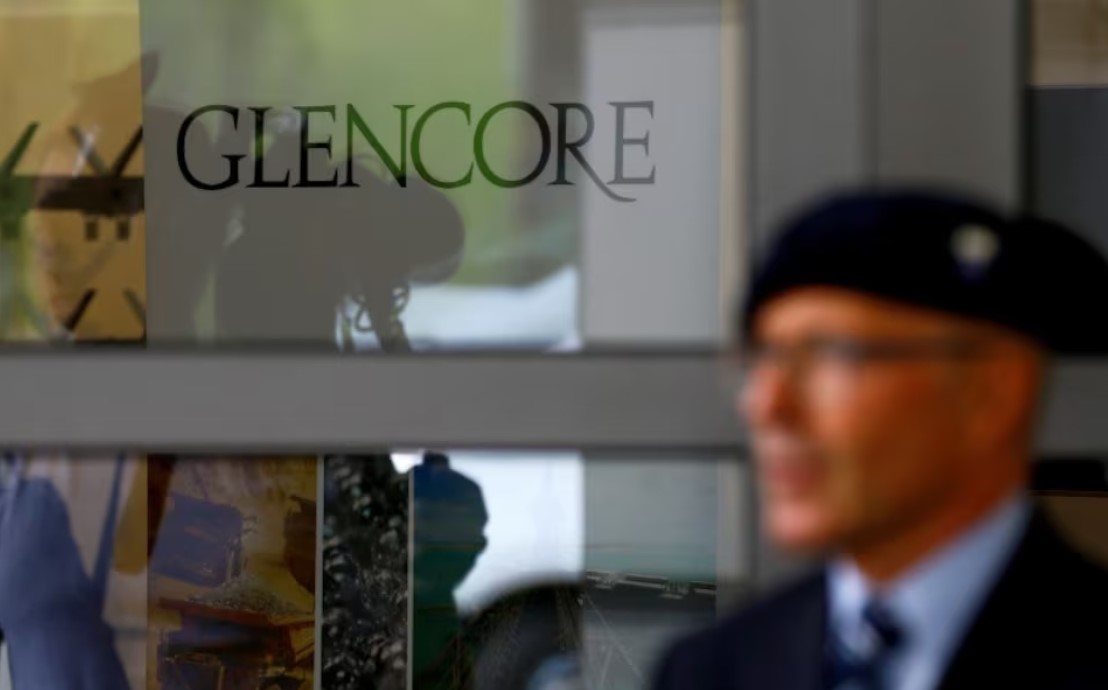The fact that Glencore last year approached Rio Tinto looks odd, given the group led by Jakob Stausholm is nearly twice the size of Nagle’s firm, with a $104 billion market capitalisation. Still, it highlights the frenzy among mining CEOs to combine, as they seek to build up exposure to assets like copper, and cope with falling Chinese demand. The news comes barely months after BHP approached Anglo American over a merger.
While talks seem to have foundered, a deal could have had some benefit for Rio. Given it would be the acquirer, its shareholders would double their exposure to copper, a critical mineral for wind turbines and data centres, and bag a share of synergies estimated by RBC analysts at $1 billion. And Glencore is valued including debt at just 3.9 times the EBITDA analysts expect it to make this year, using Visible Alpha data, cheap next to diversified miners such as BHP and Anglo American, which on average trade at 5.6 times.

But Glencore is cheap for a reason. Coal will make up 38% of the Swiss miner’s EBITDA this year, according to analyst estimates collected by Visible Alpha, partly thanks to the purchase of Teck Resources’ coking coal business last year. That acquisition was a consolation prize after the Canadian group rebuffed Glencore’s plan for a full takeover. But it has left Glencore even more exposed to coal, and hence less appealing to peers. And it would have net debt of just over $10 billion, according to Jefferies forecasts, close to its own internal limits.
Cutting exposure to coal is probably a must for Nagle to find a partner. The quickest fix would be to hand shares in the coal unit to Glencore shareholders. Yet that would deprive Nagle of the division’s cashflows, which are helpful for servicing debt. Alternatively, he could list a stake, say 20%, and sell down more over time. That would also help the market digest a business worth $25 billion, according to Breakingviews calculations using an average multiple for coal rivals of 3.8 times for 2025, and assuming the unit makes $6.5 billion of EBITDA in that year as per Visible Alpha data.
The election of Donald Trump, who has talked up the need for coal, would make New York a logical place to list. So too would U.S. investors’ greater tolerance for dirty energy stocks. For Nagle, getting out of coal is a case of now or never.
(The author is a Reuters Breakingviews columnist. The opinions expressed are her own.)
CONTEXT NEWS
Glencore approached Rio Tinto late last year about combining the two big miners, Reuters reported on 16 January citing a person familiar with the matter. The discussions were brief and are no longer active, Reuters said.
Bloomberg News reported on 16 January that the two were in early-stage merger talks.
Rio and Glencore declined to comment on market speculation.
Reporting by Karen Kwok, editing by Neil Unmack and Streisand Neto





